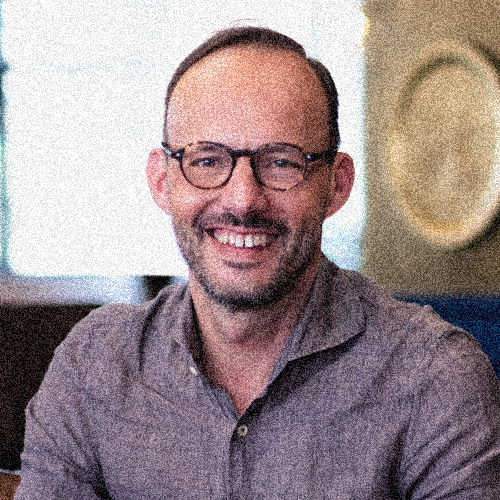Partnerships and Collaboration: The SiB Solutions Story
One of the things that we are most proud of at Reeinvent is our collaboration with our partners. It is built on our common intention to create meaningful solutions and maintain long term partnerships internally and externally. This blog post will focus on our collaboration with our partner SiB Solutions and how it has shaped up to be what it is today while going into more depth about the five points made below.
If there are any key lessons learned when it comes to collaboration and long term goals, we emphasize on the following:
- Not giving up.
- Stamina and trying to adapt and find solutions.
- Understanding different peoples viewpoints of the same situation and issues.
- Helping them understand the context of building a product that will be the representation and value exchange their customer will experience.
- Building up the personal relationship.
Whenever you are starting something new, there are a lot of uncertainties. The road can sometimes be bumpy and those are times when it is easiest to give up. This two year journey with SiB Solutions as a partner has been rewarding, challenging, fruitful and difficult all at the same time, but all of that brought us to where we are today.
It initially started with one team member from Reeinvent, and two team members from SiB Solutions. When asking our Delivery Manager Fredrik Ekstrand to describe the previous two years, he had the following to say: “It started as a blank sheet of paper and in these two years a lot has happened to the team and to our respective businesses. Now we have a live product/service.”
“I think the perception of setting up a new team and creating a new product with the setup/process/product plan doesn't exist in reality. You have to start with a shared understanding WHY you’re doing it, start with a first plan (both on team, process and product) and revise as you go along and find out aspects or issues that were not clear at the starting point,” he adds.
Meeting in person has proven to be crucial, but this project began around the same time the pandemic did, so it was impossible to do that.
In order to bridge that gap, the team made sure to communicate regularly, have joint fikas, and be open to receiving feedback to make changes along the way based on the discussions that took place.
In the words of software engineer Selvedin who is working on this project: “We started kinda slow, but eventually managed to build a progressive and effective team. The goal is to keep growing and improving and to evolve the application we're developing into a well-rounded software package.”
To sum it all up, the collaboration works long term only if both sides are willing to listen to one another and compromise to achieve the end goal - a product the client is as equally satisfied with as is the team that developed it. Would you agree?
Previous post:
Remote Teamwork: Amer Keco on PaperflowNext post:
Logcast: The Next-Gen Streaming Platform
